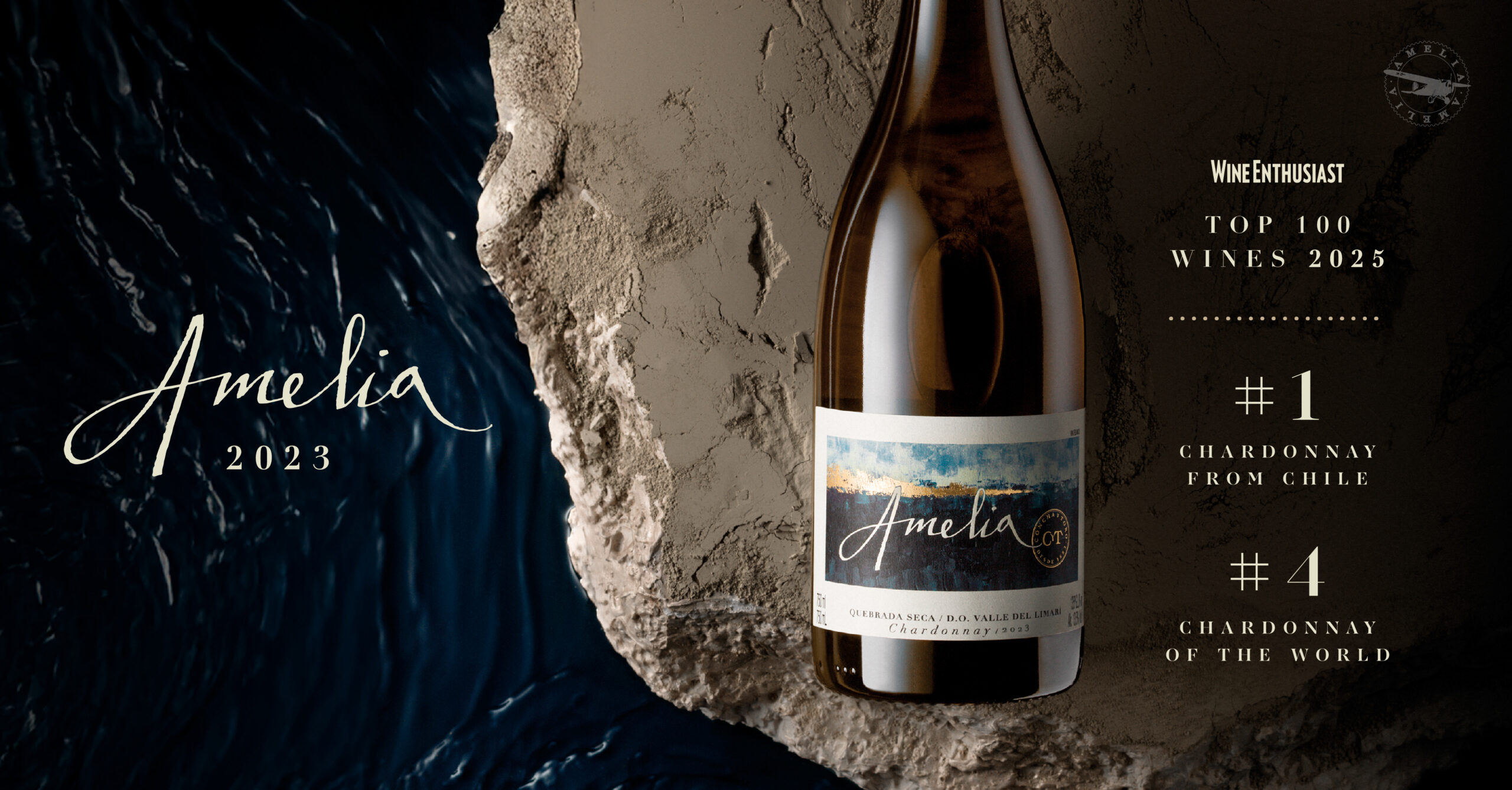28 de November de 2023
How wines age
While most wines are made to drink within a few years of harvest, a small percentage can evolve over decades. Here we tell you everything that happens in that process and how to identify if you are dealing with a young or aged wine.
“You are aging like a fine wine!” It is one of the most common compliments to say that someone looks good despite the years, implying that wine only gets better with the passage of time. But this is a myth. Because the truth is that old wines are not necessarily good wines, nor do they taste better. Especially if they were not harmonious in their youth. In fact, only 1% of the world’s wine production has been made for the purpose of aging.

For a wine to age well, it needs a fundamental characteristic: good structure. That is, it has adequate acidity, tannins, alcohol and sugar. Let’s say that this is the backbone of the wines, which changes over time…as the firmness softens, the aromas evolve and so does the fruit, giving way to tertiary flavours. For this reason, the most important ingredient for wine longevity is acidity! A wine with good acidity will have freshness and energy despite the years, followed by tannins, which over time leave a “round” texture on the palate. Two good examples of wines with these characteristics are Marques de Casa Concha Heritage 2021 (to drink now or in the next 20 years) and Carmín de Peumo 2019 (to drink until 2034). Below, we explain in detail how the colour, flavour and texture of wine change as they age.
The colour
In the aging process of wine, one of the most noticeable changes is its colour, a product of the oxidation process that occurs slowly, after the wine comes into contact with oxygen. In the case of white wines, their pale lemon or golden tones will evolve into amber. Rosé wines can take on onion skin tones, while red wines will go from purple to tawny tones or even brown.
The flavour
Because over time its structure begins to decline (i.e., its tannins and acidity), these also affect the flavour of the wine. Thus, those primary flavours of vibrant fresh fruit, with good acidity, such as citrus or stone fruits, begin to fade and others appear. The same goes for the secondary flavours that derive from the winemaking process such as Malolactic Fermentation. We know that a wine has begun to age when it has tertiary aromas and flavours: nuts, leather, tobacco, forest floor in red wines; hazelnuts, honey, caramel and petrol in whites are examples of older wines.

The texture
And then, as time goes by, there are also changes in the texture of the wine. This phenomenon is related to the phenolic compounds present in a bottle, which change slowly as it ages. The most important phenolic compounds are those we know as tannins, which polymerize over time, a reaction that unites them forming chains that then fall to the bottom of the bottle as sediments. This causes the wine to lose that sensation of astringency on the palate, feeling more silky and soft, especially in the case of red wines.
While white wines, when they age, can become more viscous and oily.










